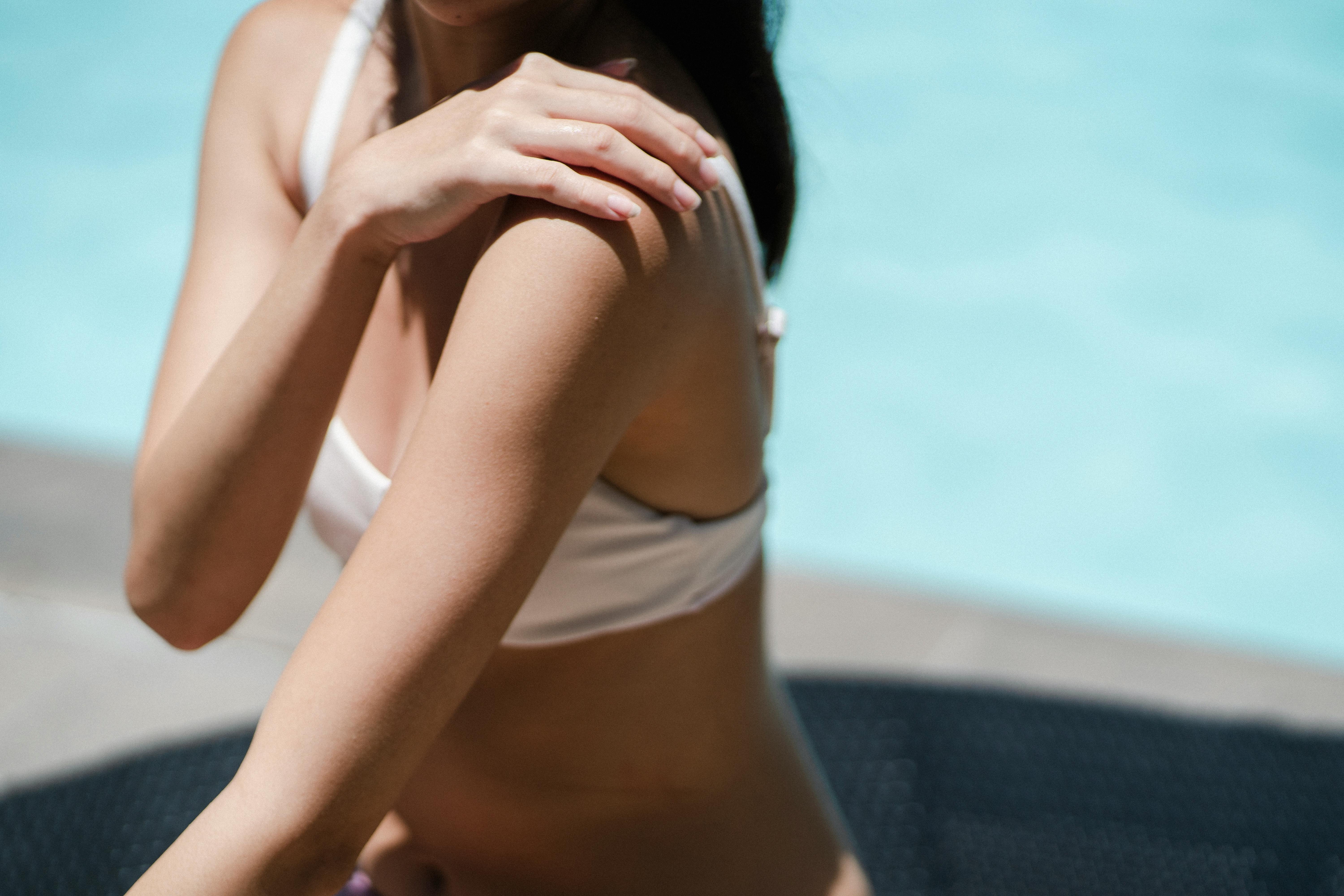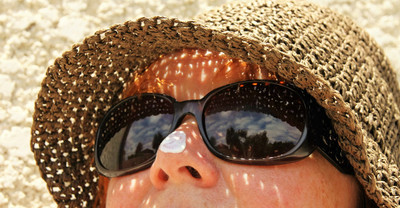CHEMICAL VS PHYSICAL SUNSCREEN: Knowing What is Best for Your Skin
Posted by Nicole, Front Desk Specialist - Vanguard Aesthetics on on Apr 15th 2024
 What is the number one thing that anyone working within
the skin care industry will say when you ask how to slow down aging?
What is the number one thing that anyone working within
the skin care industry will say when you ask how to slow down aging?
Wear Sunscreen.
Sun damage, or photoaging, is the top contributor of aging skin making up 96.5% of ultraviolet radiation. Meaning it is the largest reason so our skin begins to wrinkle, sag, and produce brown spots also known as sun spots. This is because the majority of people only think about wearing sunscreen when they are outside for longer periods of time, to prevent getting a sunburn. Sunburns are a result from exposure to UV-B rays, and they are only half of the sun exposure you need to think about when it comes to protecting your skin.
There are two types of UV rays, UV-B and UV-A. UV-B rays are the reason we get sunburns and always pack sunscreen when going to the beach or on a hike. UV-B rays penetrate down to the Epidermis layer of the skin, which is why the top layers of our skin are affected by sunburns. Some amount of UV-B rays can be blocked by glass, so they cannot affect you to the same degree when you are driving or inside. However, UV- A rays are not blocked by glass and do cause damage anywhere you are able to be reached, such as driving, working in an office that has windows, watching TV on the couch under a window, etc.
UV-A rays do not cause sunburns but do cause a large amount of damage to the skin because they penetrate all the way down to the Dermis layer of the skin. This is where cells live that produce collagen and elastin that keep our skin from developing fine lines and wrinkles. There are also cells here responsible for pigmentation, and the overall look of the surface of our skin. This is why UV rays make up 80% of skin aging, whether you love to be in the sun, or prefer to stay inside. Sunscreen is essential for everyone to use everyday, no matter what you are doing, but what type of sunscreen should you be using and what are the differences?
The Difference Between Physical and Chemical Sunscreens
There are two categories of sunscreen, chemical and physical. Chemical sunscreens absorb ultraviolet energy to

keep it from reaching your skin. Common chemicals that do this are PABA, Avobenzone, Homosalate, Octocrylene, Octisalate, Oxybenzone, and Octinoxate. Octinoxate is the most common and has that distinct “sunscreen odor” we all recognize. But Octinoxate has been found to damage coral and marine life, so it is banned in some areas from being used in sunscreens. Physical sunscreen works by reflecting ultraviolet rays to keep them from reaching your skin. They are made up of elements such as Titanium Dioxide, Zinc Oxide, and Ecamsule. Physical sunscreens are known to be the safest form of sun protection for your skin and nature.
When comparing Titanium Dioxide and Zinc Oxide, Zinc has been proven to be the better of the two, lasting much longer than Titanium Dioxide after application. Both are better and last much longer than Octinoxate, the chemical option.
We're Here to Help
Sun protection may seem like the last thing you think about when starting or continuing a great skin care regimen, but it has the largest impact on our skin and its appearance. At clara we offer many different options of both Physical and Chemical sunscreen, and have a wonderful team that would be more than happy to help you navigate through which one would be best suited for your skin and lifestyle.
For more information reach out to our clara team!
Address: 9348 Grand Cordera Pkwy, Ste 120 Colorado Springs, CO 80924
Phone number: 719-579-5555
Email:hello@shopclara.com

